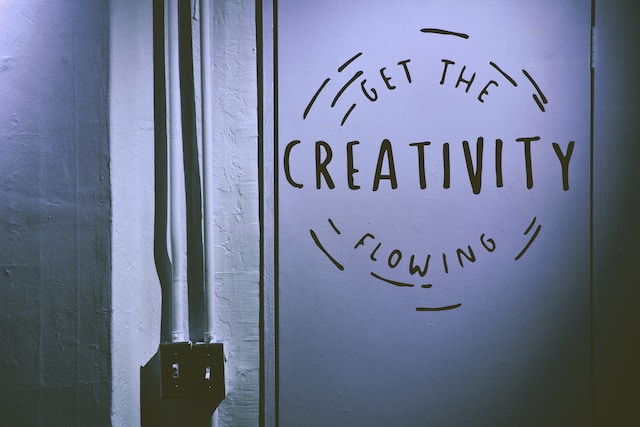Introduction: A visually captivating website merges alluring visuals and compelling textual elements to captivate visitors and provide a seamless user experience. Striking the right balance between images and text is vital to effectively convey your message, enhance aesthetics, and ensure optimal website performance. In this article, we will explore indispensable guidelines that can help you achieve the perfect equilibrium between images and text on your website.
Define the Purpose and Hierarchy: Prior to incorporating images and text, it is imperative to clearly define the purpose of each element and establish a hierarchical structure. Define the key message you aim to convey and identify the primary and supporting content. This will guide you in determining which sections necessitate greater emphasis through imagery and which ones require textual components to effectively deliver the intended message.
Complementing Content with Visuals: Images possess the power to evoke emotions, generate visual interest, and enrich storytelling. Select visuals that align harmoniously with your website’s theme, brand identity, and the accompanying content. Utilize high-quality, pertinent visuals that directly support or enhance the textual context. Whether it involves showcasing product images, integrating illustrations, or incorporating photographs, ensure they add substantial value and reinforce the message you desire to convey.
Optimize Image Size and Format: Enormous, unoptimized images can severely impede your website’s loading speed, resulting in a subpar user experience. Optimize and compress your images to reduce file sizes while maintaining impeccable quality. Employ suitable image formats such as JPEG for photographs and PNG for graphics or images with transparent backgrounds. By optimizing image sizes and formats, you can strike an optimal balance between visual allure and efficient website performance.
Consider Text Placement and Formatting: Text constitutes a pivotal component of your website’s content and should be strategically placed to harmonize with the images. Steer clear of overwhelming users with extensive paragraphs and instead opt for concise, scannable text. Break down content into smaller, digestible sections, and utilize headings, subheadings, and bullet points to enhance readability. Position text adjacent to or in close proximity to pertinent images to establish a cohesive visual connection.
Maintain Consistency in Style: Consistency in style plays a momentous role in achieving a harmonious equilibrium between images and text. Establish a consistent design language encompassing fonts, colors, and image treatments. Consistency reinforces your brand identity and ensures a unified visual experience for your visitors. Employ legible fonts and font sizes that are compatible with diverse devices, thereby sustaining optimal readability.
Responsive Design for Various Devices: In today’s mobile-driven era, it is paramount to ensure that your website is responsive and displays seamlessly across different devices. Consider varying screen sizes and resolutions, and adapt the size and placement of images and text accordingly. A responsive design guarantees that your content remains balanced and visually appealing, regardless of the device employed to access your website.
Test and Iterate: Regular testing and iterative improvements are instrumental in attaining the ideal equilibrium between images and text. Monitor user behavior and engagement through website analytics to glean insights into how visitors interact with your content. Conduct A/B testing to compare different variations and layouts of images and text, enabling you to ascertain the most effective combinations. Continually refine and adjust your design based on user feedback and data analysis.
Conclusion: Achieving an artful combination of images and text on a website demands meticulous consideration. By defining clear purposes, optimizing image size and format, strategically placing and formatting text, and maintaining consistency in style, you can attain a harmonious balance. Remember to prioritize responsive design to ensure an exceptional user experience across devices. Regular testing and iterative improvements will enable you to refine your approach, ultimately crafting a visually stunning and engaging website that captivates your audience.






